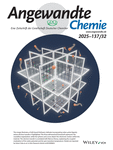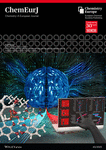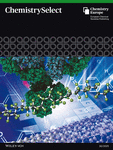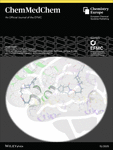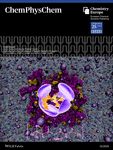Journal list menu
For full article and contact information, see Angew. Chem. Int. Ed. 1998, 37 (23), 3306 - 3308
Recycling: more than just a word
A new technique converts plastic rubbish
into commercially useful chemicals
Recycling of plastics is a troublesome business. If they are shredded and melted down together the end products are often relatively worthless materials; this is known in the trade as "downcycling". If plastics are broken down into their constituent parts in the refining process, the products obtained are simply ones which can be made more cheaply from oil, especially when the costs of collection and separation of the waste to be recycled is taken into account. For these reasons, the only commercially viable possibility is often "thermal" recycling - otherwise known as combustion.
Things would naturally be different, if it were possible to make useful chemicals from old plastics which the chemical industry can only produce at great cost by other methods. This idea is at the heart of a technique now proposed by American chemists Ayusman Sen and Anne Pifer from Pennsylvania State University.
The vast majority of plastics currently used belong to the class known as "addition polymers", which are easily and cheaply produced by a variety of techniques but which are very difficult to disassemble once made. Examples of addition polymers are polyethylene and polystyrene, familiar in foam-form as roof-insulation material and protective padding for sensitive equipment such as stereos. Sen and Pifer began their work using just these two polymers: when they are placed in a mixture of nitrogen oxides (NOx) and oxygen under pressure and heated, organic compounds such as benzoic, succinic and glutaric acids are formed, which are themselves in demand as starting materials for the manufacture of other products. The important factor in this from a commercial point of view is that such compounds are made far more cheaply in this way than by conventional routes, so that the process is potentially profitable, as well as "green".
Sen and Pifer are particularly proud of the products formed by their method from the relatively simple polyethylene starting material: from the so-called "alpha-omega diacid", which they distil out of their reactor, it is possible to make polyamides and polyesters. Such plastics can be used to manufacture fibres (such as Nylon), durable fabrics, and technical plastic products. In this way "downcycling" is fast becoming "upcycling".






